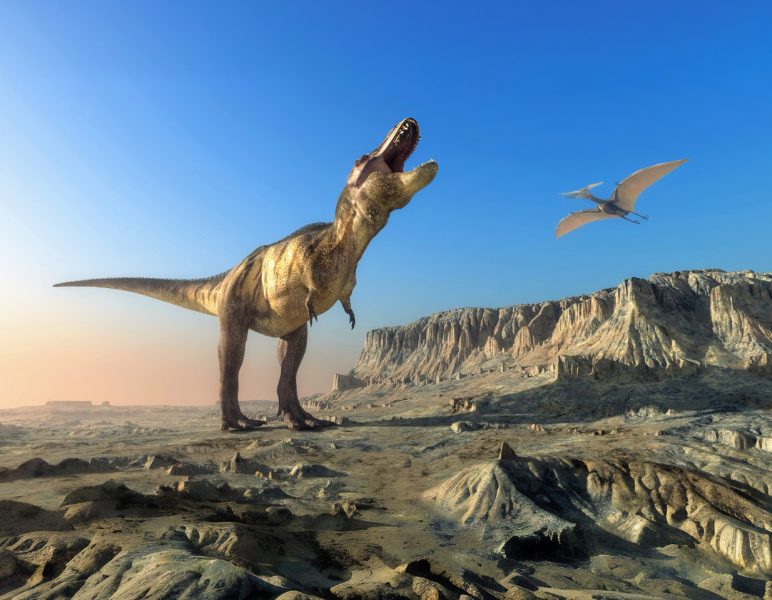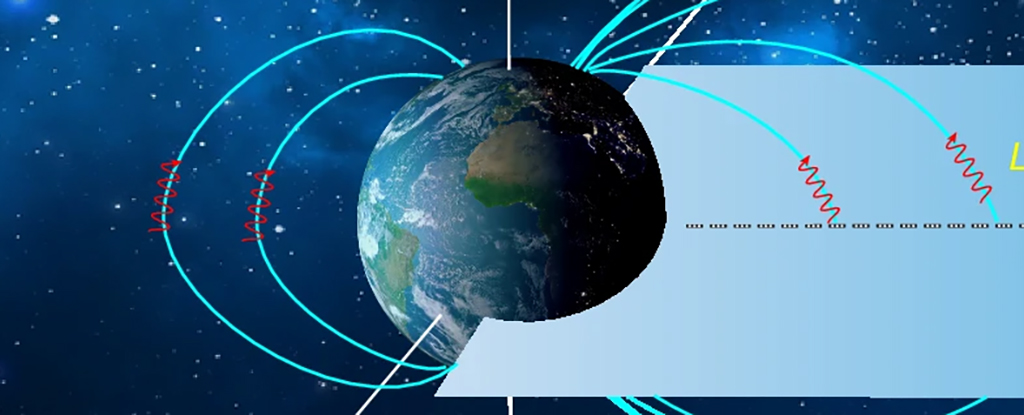The ‘Boring Billion’: How Earth’s Longest Evolutionary Pause Shaped Life as We Know It – The Daily Galaxy –Great Discoveries Channel

For over a billion years, life on Earth seemed stuck in an evolutionary rut—a period scientists call the “Boring Billion.” But what caused this mysterious pause, and how did it suddenly end? The answer lies buried in ancient ice and fossil records, revealing a dramatic reset triggered by Earth’s most extreme climate events. From icy wastelands to the rise of complex life, this is the untold story of how our planet’s past shaped the diversity of life we see today.The history of life on Earth is a tale of slow burns and sudden explosions, shaped by environmental upheavals and evolutionary resilience. Researchers at Virginia Tech have traced the evolution of life back nearly 2 billion years, uncovering a fascinating pattern: a prolonged period of stagnation known as the “Boring Billion,” followed by a dramatic burst of diversification after the ice ages. Published in Science, this study offers groundbreaking insights into the cyclical nature of ancient life and the forces that drive evolutionary change.By analyzing marine eukaryotic fossils—organisms with cells containing a nucleus—the team has pieced together a clearer picture of how life evolved on our planet. Their findings reveal that the first eukaryotes emerged at least 1.8 billion years ago, but their diversity remained remarkably stable for over a billion years. What broke this evolutionary stalemate? The answer lies in the icy grip of the “Snowball Earth” glaciations, which reset the evolutionary trajectory and paved the way for the rapid diversification of life.This research not only deepens our understanding of Earth’s ancient biodiversity but also raises profound questions about the interplay between life and the environment. Why did evolution slow to a crawl during the “Boring Billion”? What triggered the explosion of diversity after the ice ages? These questions are central to unraveling the complex story of life on Earth.The “Boring Billion” refers to a period between 1.45 and 0.72 billion years ago, characterized by an unusual stability in eukaryotic diversity. During this era, the rate of species turnover was exceptionally low, and evolutionary change seemed to grind to a halt. But why was this period so uneventful?The stability of the “Boring Billion” can be attributed to relatively unchanging environmental conditions. Oxygen levels in the atmosphere and oceans remained constant, reducing the evolutionary pressures on organisms. This lack of disruption allowed species to persist for millions of years without significant adaptation. However, this stagnation has puzzled scientists, as it contrasts sharply with the rapid diversification seen in other periods of Earth’s history. Understanding this era is crucial because it highlights the conditions necessary for evolutionary change and raises questions about what finally broke this stagnation.The “Snowball Earth” glaciations, which occurred around 720 to 635 million years ago, were among the most extreme climate events in Earth’s history. These ice ages didn’t just reshape the planet’s surface—they also reset the course of evolution.As glaciers covered the planet, they drastically altered ecosystems, wiping out many existing species and creating new ecological niches. When the ice finally retreated, the planet was primed for a burst of evolutionary activity. One of the key factors driving post-glacial diversification was the increase in atmospheric oxygen. Oxygen is essential for cellular respiration, and its rise enabled the development of more complex and diverse organisms. This period saw the emergence of multicellular life and the rapid expansion of eukaryotic diversity. The ice ages acted as a catalyst, disrupting the status quo and creating opportunities for new life forms to emerge.The Virginia Tech study, based on a comprehensive analysis of fossil data, represents a significant leap forward in our understanding of ancient biodiversity. By using advanced graphical correlation techniques, the researchers achieved unprecedented temporal resolution, shedding new light on the patterns and processes of evolution.The findings raise important questions about the mechanisms behind evolutionary transitions. Why did eukaryotes evolve so slowly during the “Boring Billion”? What specific factors triggered the rapid diversification after the ice ages? These questions will guide future research into the history of life on Earth. The study also highlights the intricate connections between geology and biology, showing how major climatic events can reshape the evolutionary landscape, driving both extinction and innovation. By providing a clearer picture of Earth’s ancient past, this research lays the groundwork for exploring the forces that have shaped life over billions of years.The story of life on Earth is one of resilience and adaptation, shaped by the planet’s ever-changing environment. The “Boring Billion” and the ice ages represent two pivotal chapters in this story, offering valuable insights into the forces that drive evolution. As scientists continue to unravel the mysteries of Earth’s ancient past, studies like this one remind us of the profound interconnectedness of life and the planet it calls home.Source: ScienceGot a reaction? Share your thoughts in the commentsEnjoyed this article? Subscribe to our free newsletter for engaging stories, exclusive content, and the latest news.Comment Save my name, email, and website in this browser for the next time I comment.
© 2024 | Daily Galaxy | All rights reserved




